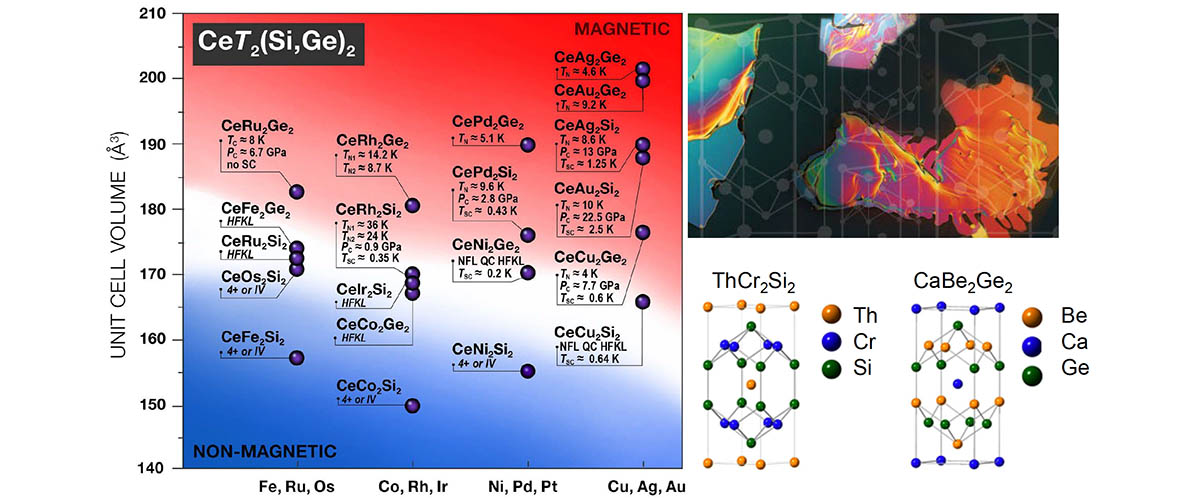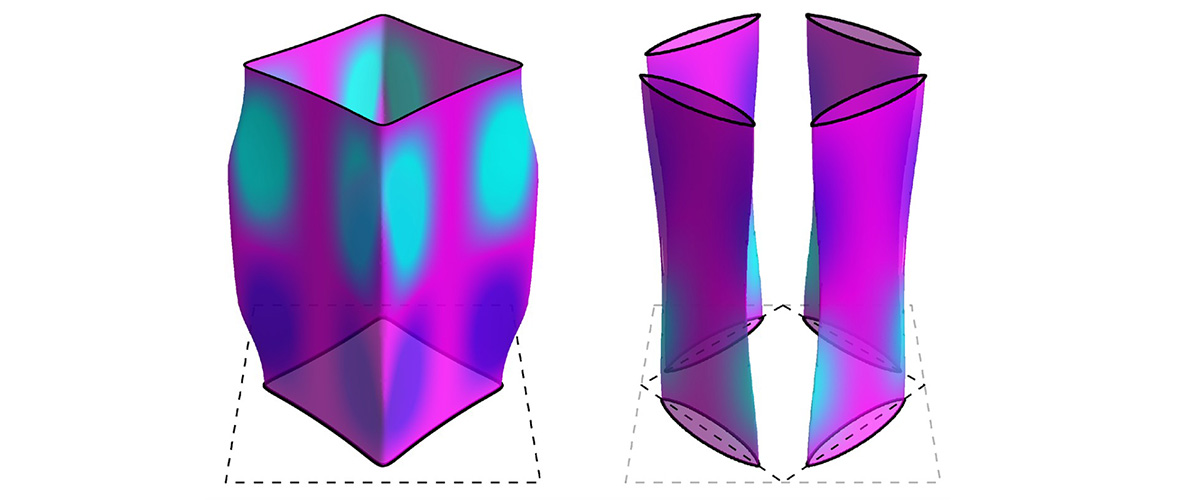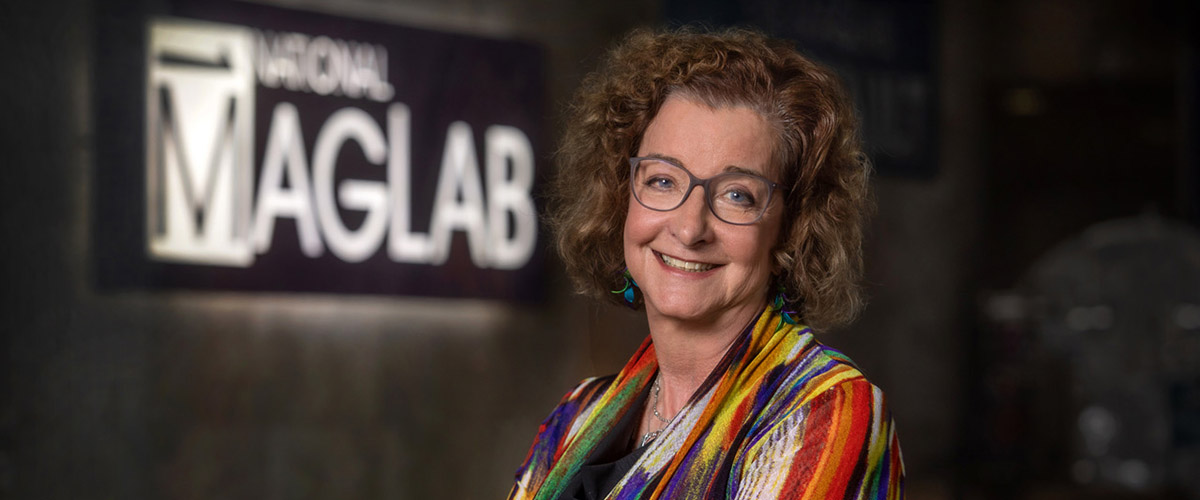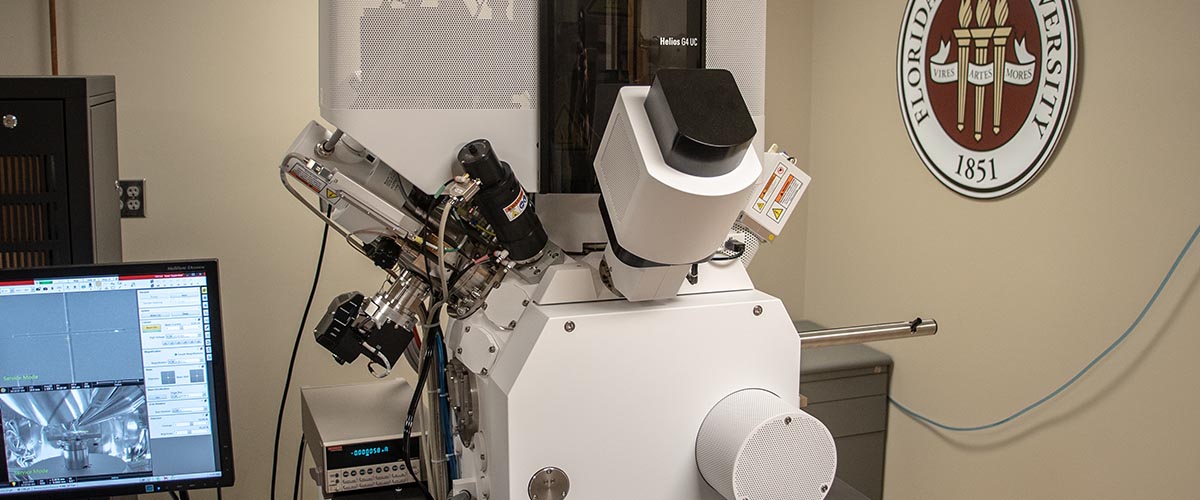Contact: Ryan Baumbach
TALLAHASSEE, Fla. — A new review article in Science Advances connects several decades of research on a family of intermetallic crystalline materials to find practical ways to design strongly correlated electronic, magnetic, and superconducting phenomena.
Metals that contain lanthanide elements have attracted sustained interest for several decades because they exhibit a wide variety of exciting phenomena, including unconventional superconductivity, complex magnetism, and other unusual states. However, scientists are often uncertain which materials will exhibit specific states and must conduct time and resource-intensive, experimental surveys of large number of chemical/structural combinations to discover new materials with exotic properties.
This collaboration between MagLab Research Faculty Ryan Baumbach and Baylor University chemistry professor Julia Chan seeks to provide new clarity for where to look for these enhanced properties.
"What is often missing is a simple way to determine whether a given compound can reasonably be expected to exhibit novel behavior," explains Baumbach, corresponding author on the manuscript. "Understanding the likely impacts of tuning and what specific tuning vector(s) would be useful has been a long standing goal of the community."
In this work, the authors reexamined a large family of lanthanide-containing materials with a specific structural prototype ("ThCr2Si2"). There are hundreds of materials that have this structure some of which contain the elements cerium, europium, ytterbium, and uranium. The team found useful trends that connected the electronic/magnetic state of the material to predictable combinations of the unit cell volume and the chemical composition. Importantly, the materials that exhibit attractive behavior, such as unconventional superconductivity and non-Fermi-liquid behavior, are found in well-defined regions of the phase space. These observations are consistent with earlier organizing principles, but make an important step forward by clarifying chemical strategies to search for new material combinations within a simple scheme that is accessible to researchers across a wide variety of disciplines.
Baumbach hopes to see this work inspire similar maps of electronic and magnetic properties for other structural prototypes of materials as a guide for researchers to find the most exotic material combinations. While the team conducted this work through careful examination of the vast scientific literature, computer-driven mining of electronic databases could also be a means to usher rapid progress towards developing novel magnets, superconductors, and even topological materials.
"We hope that our manuscript will inspire further efforts to aggregate data in this way, not only for materials with structures that are related to the ThCr2Si2 structure type, but also for other structure types," says Baumbach, "It's not yet clear whether this simple scheme will work for other systems, but if it does it will accelerate progress towards important discoveries by avoiding brute force investigations of the chemical phase space."






